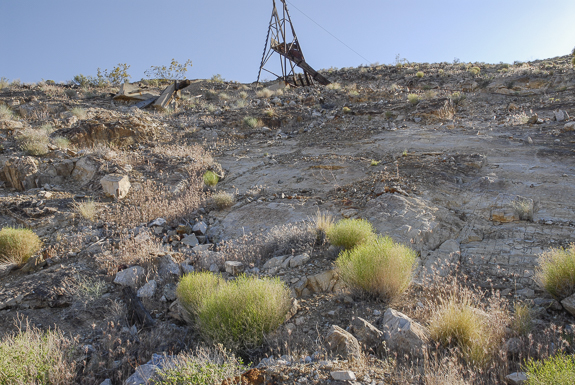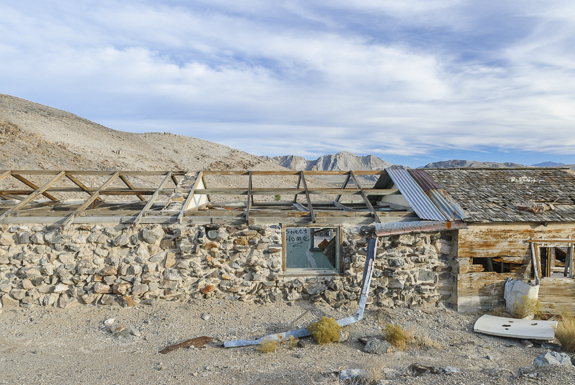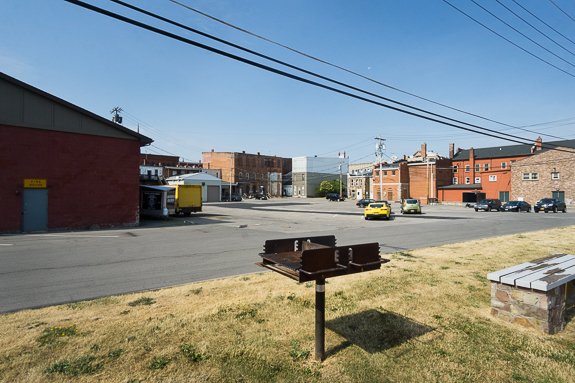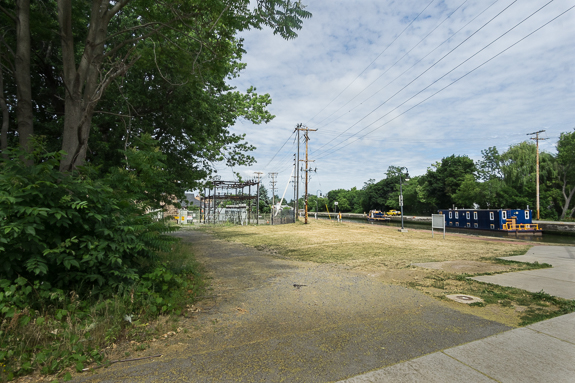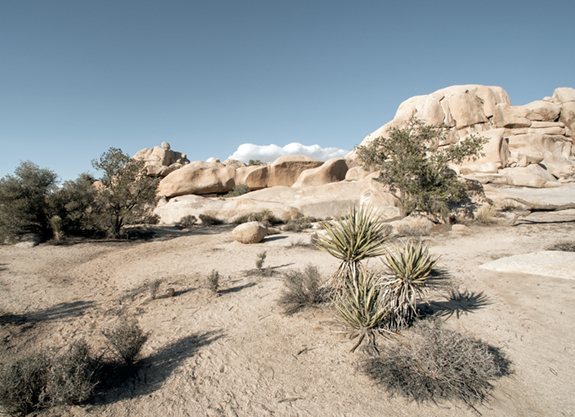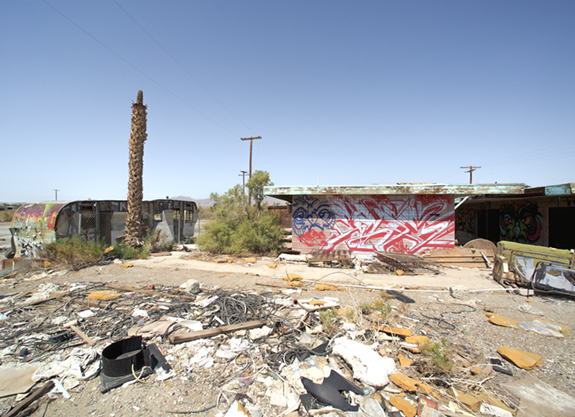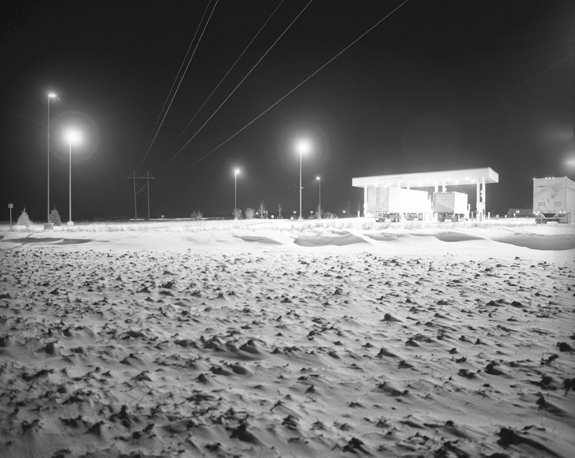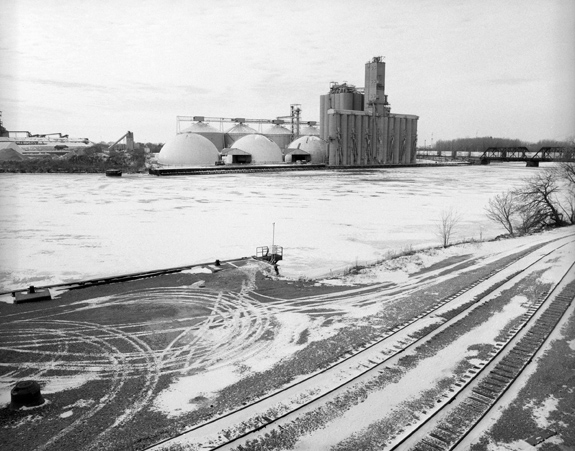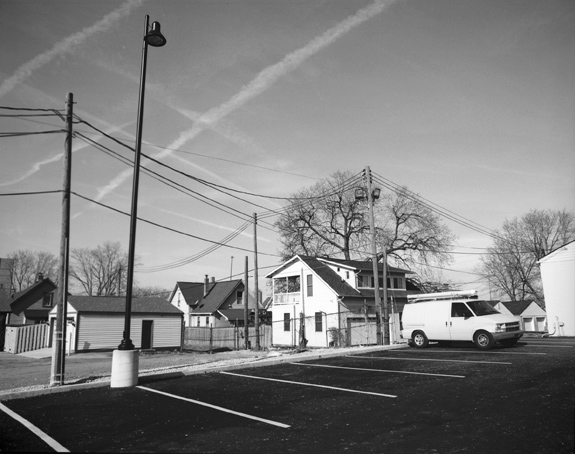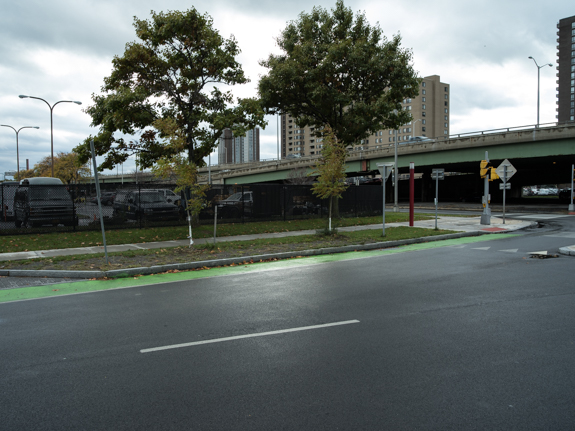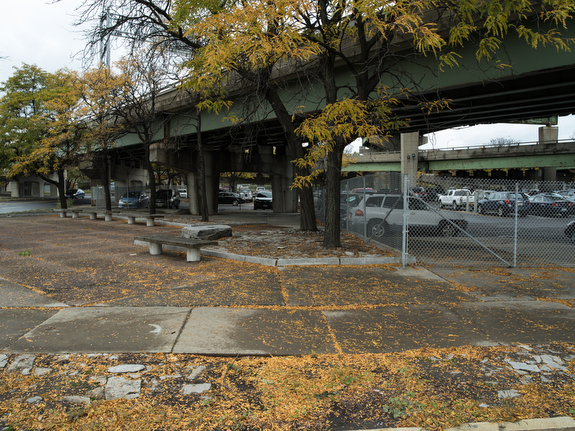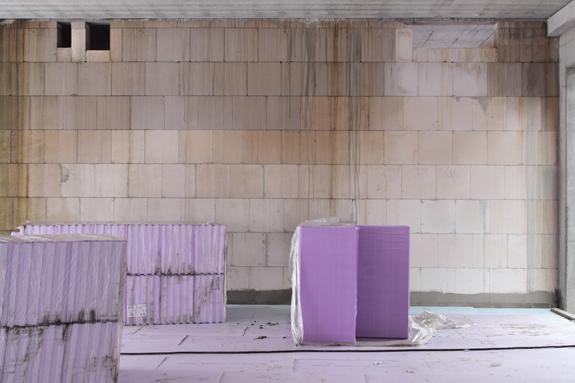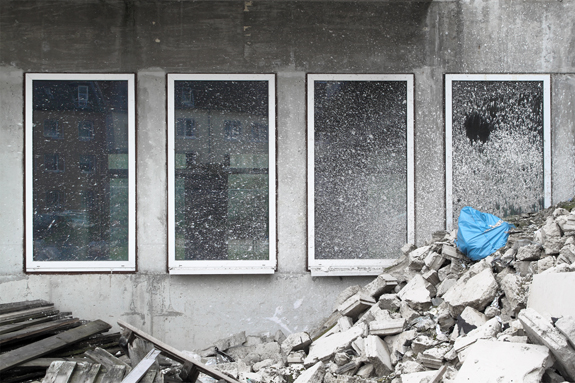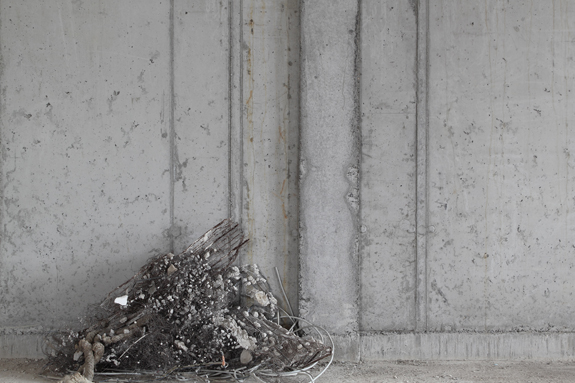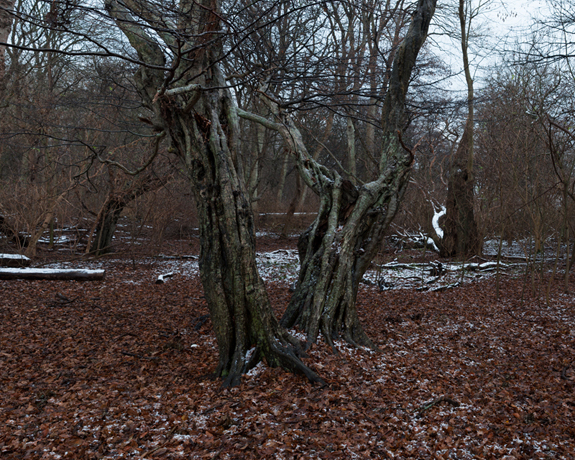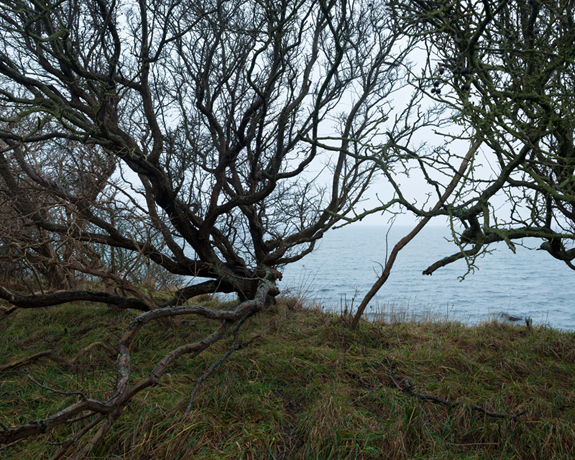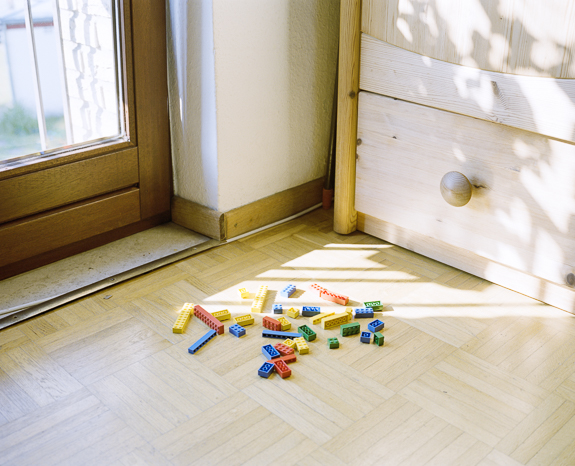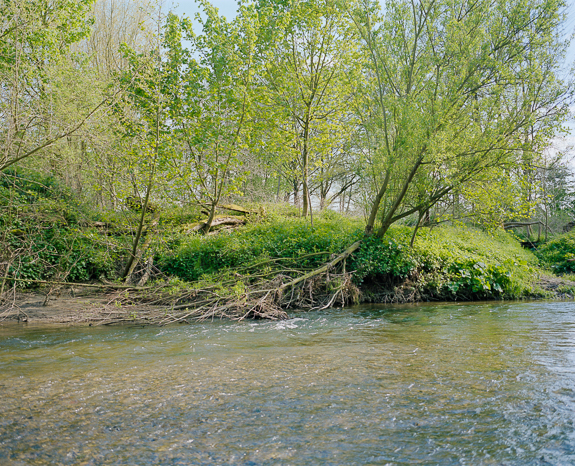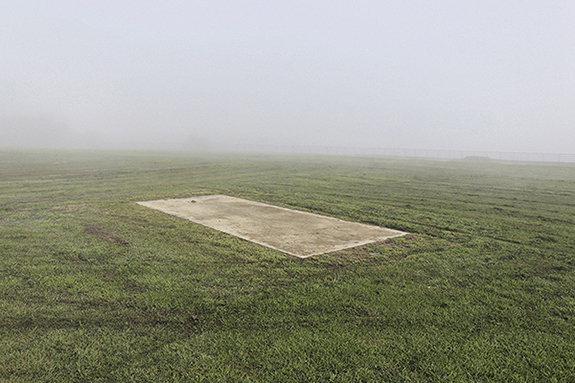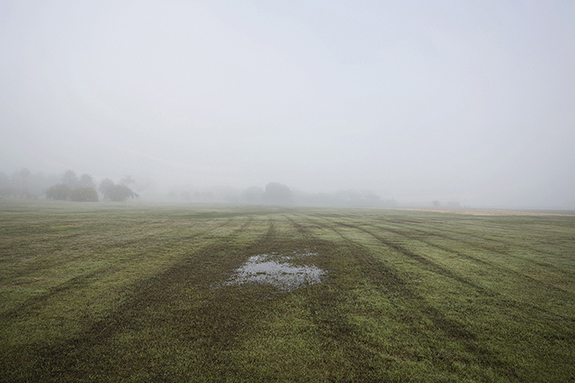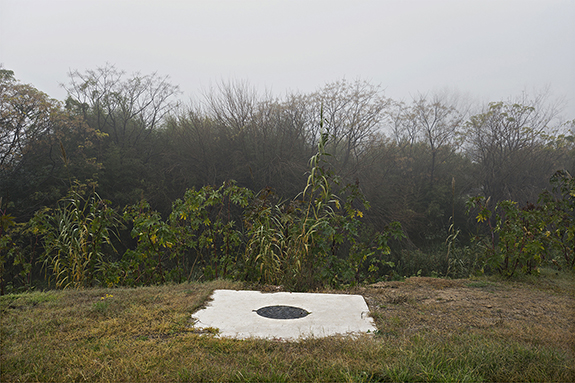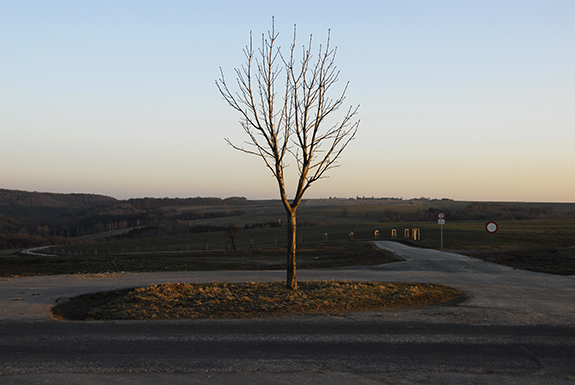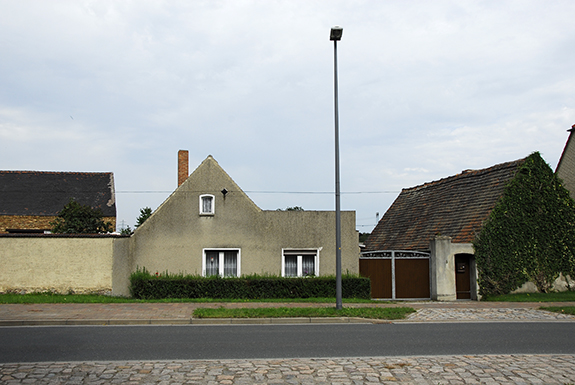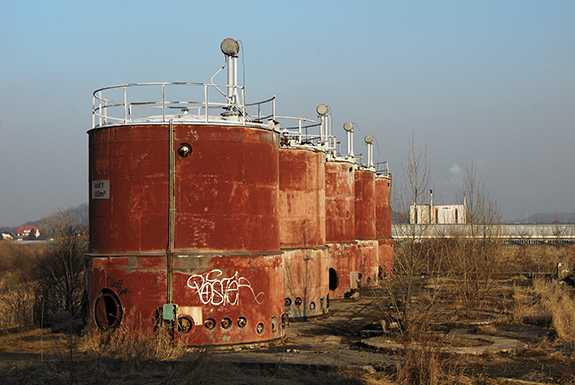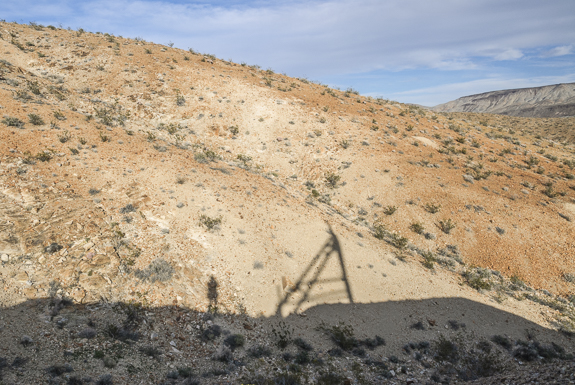
MarciaMack.com
Mines of the Darwin Quadrangle
The silence is broken only by gusts of wind and the songs of cactus wren and the scrape of rusted metal against metal. Broken glass, bullet casings and rock shards crunch underfoot. Creosote bushes sway in the wind. Brush snags, catches, trips me as I walk. A dust devil whirls sand in my eyes and grit in my mouth. Relentless heat scorches and stifles, yet the sweat evaporates before it cools. My water is hot and does not refresh.
I am exploring an abandoned mine site deep in the remote mountains of the Mojave Desert. Hiking up a rock-strewn, broken trail scratched into the side of the mountain, the truck is left a mile back, the road too dangerous to drive. The site comes into view as I round a bend. Its appearance raises so many questions: What was mined here? Who lived and worked here, and when? Why did they leave? How did they get materials, machinery, fuel, food and water here? Were they lonely in this desolate place?
There is a hole in the ground and a decrepit, bleached ladder drops into the darkness; I cannot tell how deep the shaft is – a dropped rock takes 10 seconds to hit bottom, bouncing against the walls on the way down, taking pebbles with it. There is a weathered wood structure, paint long gone from years of battering winds. Corrugated metal panels, rusted and twisted, lay about and are perforated with shotgun blasts.
There is sadness to the place, a sense of abandoned hope, of brutal, back-breaking work, and of desertion and failure. There is also the knowledge that these structures will inevitably be gone someday, perhaps soon, like the men who built them – the result of weather, vandalism, looting and the neglect of the forgotten.
These photographs can only ask the questions; I have few answers*. I can only hope that in some small way the pictures might illustrate the emotion I feel, the wonder of discovery, the stark beauty and the finality of the place, the hope and the despair, the legacy. If they memorialize the scene, then I have succeeded in some small way.
*Technical records exist that answer some of these questions, for some of the mines: What was mined, how many men worked here, the equipment used, the economic value. It is documented that during the Great Depression of the 1930s many who were displaced and destitute from the economic collapse migrated to public lands and took up mining in an attempt to eke out a living. As the economy shifted for the war effort in the 1940s and the government ordered these small scale mines closed, these subsistence miners abandoned their mines either for more lucrative employment elsewhere, or enlisted in the military – never to return at war’s end. It was the end of an era.
— Marcia Mack, Fountain Valley & Darwin, California, USA
